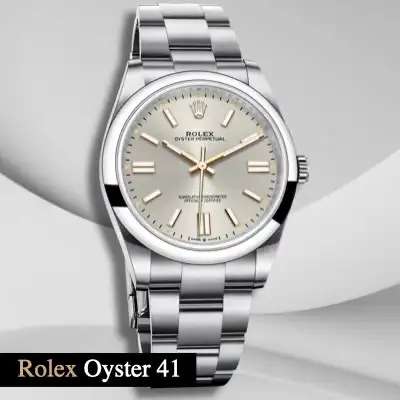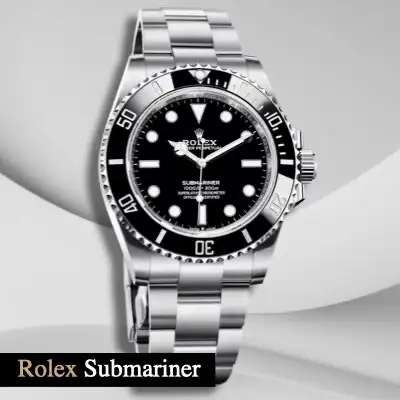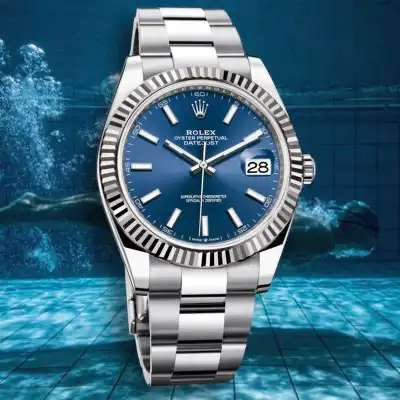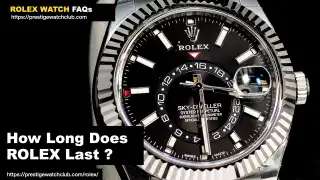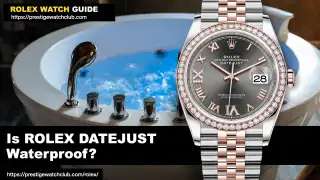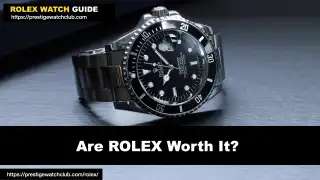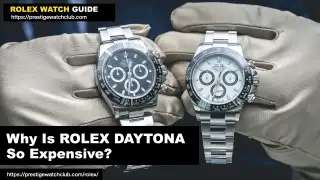Hans Wilsdorf Rolex Founder Story

Table of Content
- Wilsdorf Was A Watch Maker
- Wildorf Was A Businesman And Founder Of The Watch Brand
- Hans Wilsdorf The Innovator
- Rolex Founder Wilsdorf Was A Marketing Genius
- Hans Wilsdorf Legacy
- Related Questions
Rolex FAQs
Watches Related
- Rolex Service Vs Rolex Watch Repair
- What Sets Apart A Rolex Service Costs Vs Repair Pricing
- Internal Rusting Rolex Gmt-Master II May Remain Invisible On The Outside
- Service Procedures For Rolex Daytona Without Papers
- The Rolex Quality Of The Craftmanship And The Component Used For Oyster Perpetual Caliber
- Reasons Why The Rolex Air King Is Running Slow
- How Much Are The Gmt Watches Worth?
- Rolex's Water Resistant Watches
- Is The Rolex Service Included In The Rolex Warranty?
- You Can Swim With An Datejust Oyster Perpetual
Rolex Related Content
- Twinlock: Rolex's Water Resistant Crown
- Rolex Social Status
- How To Send Your Rolex Milgauss To Rolex Service By Mail
- How Long Does It Take Rolex For Servicing A Datejust Watch?
- What Does A Rolex Servicing From And Authorized Rolex Service Include?
- What You Need To Know About Wind Up A Rolex Milgauss Watch
- Rolex Explorer: How Often Should It Be Serviced?
- Understanding Waterproof And Water Resistance
- Why Rolex GMT Master II Need Servicing
- Rolex Submariner Service Costs And Prices
- What Is Rolex Service Cost And Pricing?
- Sending Your Rolex By Mail
- How To Service A Rolex Without Papers
- Results Of Rolex Datejust Accuracy Test
- Checking If The Rolex Need Servicing
- What Do You Do When Your Rolex Stops Ticking
Wilsdorf Was A Watch Maker
Hans Wilsdorf was the second son of a family of three children. He was born in Germany. All three children, Hans, his brother and sister, were sent to the best boarding schools where they were given a superior education.
As a result of his mathematical and language abilities, Hans Wilsdorf traveled and worked in foreign countries. When he moved to La Chaux-de-Fonds in 1900, Hans began his watchmaking career at an influential watch firm of Cuno Korten. Each day Hans Wilsdorf had to wind hundreds of pocket watches, as well as ensure all watches kept accurate time.
In the process, he learned how all kinds of watches are manufactured all over the world. At Cuno Korten, all kinds of watches were made, and a small number of them were entirely handcrafted in-house. Around one million swiss francs worth of pocket watches were exported annually by the watch company. During his time in Switzerland, Hans Wilsdorf gained a great amount of insight into watchmaking.
Wildorf Was A Businesman And Founder Of The Watch Brand
![]() Hans Wilsdorf moved to London in 1903. Alfred Davis and Wilsdorf set up a business together called Wilsdorf & Davis in 1905. Wilsdorf & Davis aimed to offer affordable watches with exceptional quality. In London's center, the company could be found in Hatton Garden.
Hans Wilsdorf moved to London in 1903. Alfred Davis and Wilsdorf set up a business together called Wilsdorf & Davis in 1905. Wilsdorf & Davis aimed to offer affordable watches with exceptional quality. In London's center, the company could be found in Hatton Garden.
Precision wrist watches vs pocket watches
As an early believer in the potential of the wristwatch, Hans Wilsdorf made it his life's mission to popularize them. In Bienne, Switzerland, Hans Wilsdorf went to buy wristwatches from Hermann Aegler. It was the largest order ever placed for wristwatches.The trip would lay the groundwork for a long-running partnership between Aegler and Rolex.
During the First World War in 1915, the British government imposed a 33% import tax. Hans Wilsdorf had to relocate its headquarters from the United Kingdom to Switzerland. Rolex moved its headquarters to Geneva, Switzerland in 1919, where it remains today.
Hans Wilsdorf The Innovator
At the time pocket watches and novelty wristwatches were fragile, fairly inaccurate and definetly not water resistant. After years of working on the problem, Wilsdorf developed a Hermetic watch.
The History of the Oyster case
He developed an original screw-down cap that sealed off the entire movement and the winding crown. The first system was somewhat successful, however it still meant having to opening the watch to adjust the time and wind up the movement.
The new system utilized a crown that screwed into a threaded tube inside the hermetically sealed watch case. Wilsdorf called it the Oyster case. In 1926 the name 'Oyster' became a Rolex trademark.
In 1927, the Rolex company patented and launched the world’s first commercially viable watertight watch, now known as the 'Rolex Oyster'. It was a financial success for the Rolex company.
Rolex Founder Wilsdorf Was A Marketing Genius
Throughout his career, he devoted a great deal of time and energy to advertisement.
Wilsdorf recognized that the advent of the Rolex Oyster represented a major innovation in the history of horology. The company provided each of Rolex watch dealers with special window displays: an aquarium with plants and goldfish with a running Rolex Oyster wristwatch inside.
It would suprise people passing by to see a watch working properly while submerged in water.
His first Rolex brand ambassador was a female swimmer named. Wilsdorf seized an marketing opportunity by sponsoring a female swimmer named Mercedes Gleitze who swam the across English Channel bettween France and England.
Rolex reached out to Mercedes only after her first successful crossings to inquire if she would like to test and promote their new Oyster model. For the second crossing on October 21, 1927, she worn a gold Rolex Oyster hung on a chain around her neck.
This second crossing was a failure due to the freezing water, but the Oyster watch submerge for 10 hours in icy cold water was intact and kept it time accurate.
Wilsdorf took a the from page of the Daily Mirror to advertise the success of their new 'waterproof' oyster watch.
Opportunistic Wilsdorf continue to adverstise his Rolex watches at the time in history where many explorers where pushing the limit of exploration. In 1947, Wilsdorf gave Winston Churchill a Rolex of significant importance the 100,000th chronometer certified watch, a gold Rolex Jubilee Datejust.
As Churchill began wearing his Rolex, many more significant people started wearing a Rolex as well. Such a brilliant move by Wilsdorf. It was a brillant move from Wilsdorf the marketing genius.
Hans Wilsdorf Legacy
Even though Wilsdorf passed away in 1960, his foundation and Rolex have remained committed to fulfilling his original vision.
Hans Wilsdorf's legacy and contribution is unparalleled in the world of watchmaking.
External References
- Hans Wilsdorf | Wikipeadia.org

- Hans Wilsdorf Quotes | azquotes.com

- The man behind the crown | Rolex.com

- Hans Wilsdorf, Founder Of Rolex Interview 1959 | Youtube.com

- Hans Wilsdorf | Fondation de la Haute Horlogerie | hautehorlogerie.org

- Hans Wilsdorf - Swiss watchmaker and businessman | Britannica.com

Related Models
People Also Ask
- Is It Normal For A Rolex Datejust Oyster Perpetual To Stop Working?
- Why A Rolex Watches Can Be Slow
- Watch Specifications For Water Pressure Resistance
- What Is The Reason For The High Cost Of Rolex Service?
- What Is Included In Rolex Sky-Dweller Service?
- Is It Possible To Overwind A Rolex Submariner?
- Rolex Explorer Watch Authentication

